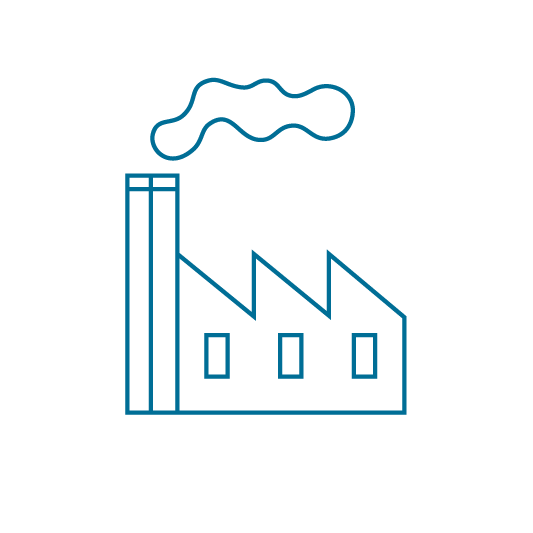Addressing sector risks together
The Textile Partnership bases its work, requirements and recommendations largely on the OECD Sector Handbook (OECD Due Diligence Guidance). In it, the OECD defines:
"Sector risks are risks that are common across all product lines and locations in the apparel and footwear sector worldwide. Key features that characterise apparel and footwear supply chains, such as low-skilled labour, intensive and decentralised production, and short lead times, increase the risk of certain negative impacts on labour and human rights. Many of these risks exist at every stage of the supply chain. Similarly, the materials used in products and product development also increase the risk of certain environmental harms at different stages of the apparel and footwear supply chain. For example, there is a higher risk of hazardous chemicals being used in wet processing than in cut, make and trim."
Sector risks can be clustered into human rights and social risks, ecological risks and corruption risks. In most cases, the risks are not independent of each other, but are mutually dependent and mutually reinforcing. Which risks (potentially) occur and to what extent can differ depending on the country/region, supply chain level, product group, material or business model.
The Textile Partnership supports member companies in fulfilling their responsibilities and due diligence obligations in the supply chain and in minimising risks. Therefore, the sector risks largely reflect the issues we work on together in the Textile Partnership. In addition, there are cross-cutting issues that feed into the identification and addressing of all sector risks. These include responsible sourcing practices, grievance mechanisms and the widest possible knowledge and transparency of the supply chain.
In the workshop on 18 May, Review Process risk analysis and risk prioritisation are of central importance. Each company must individually check two things in particular: Do the sector risks occur in one's own value chain and if so, how (actual negative impact)? Or is there even a potential risk of them occurring? The Textile Partnership counts the sector risks in textile supply chains according to the risks identified by the OECD:




